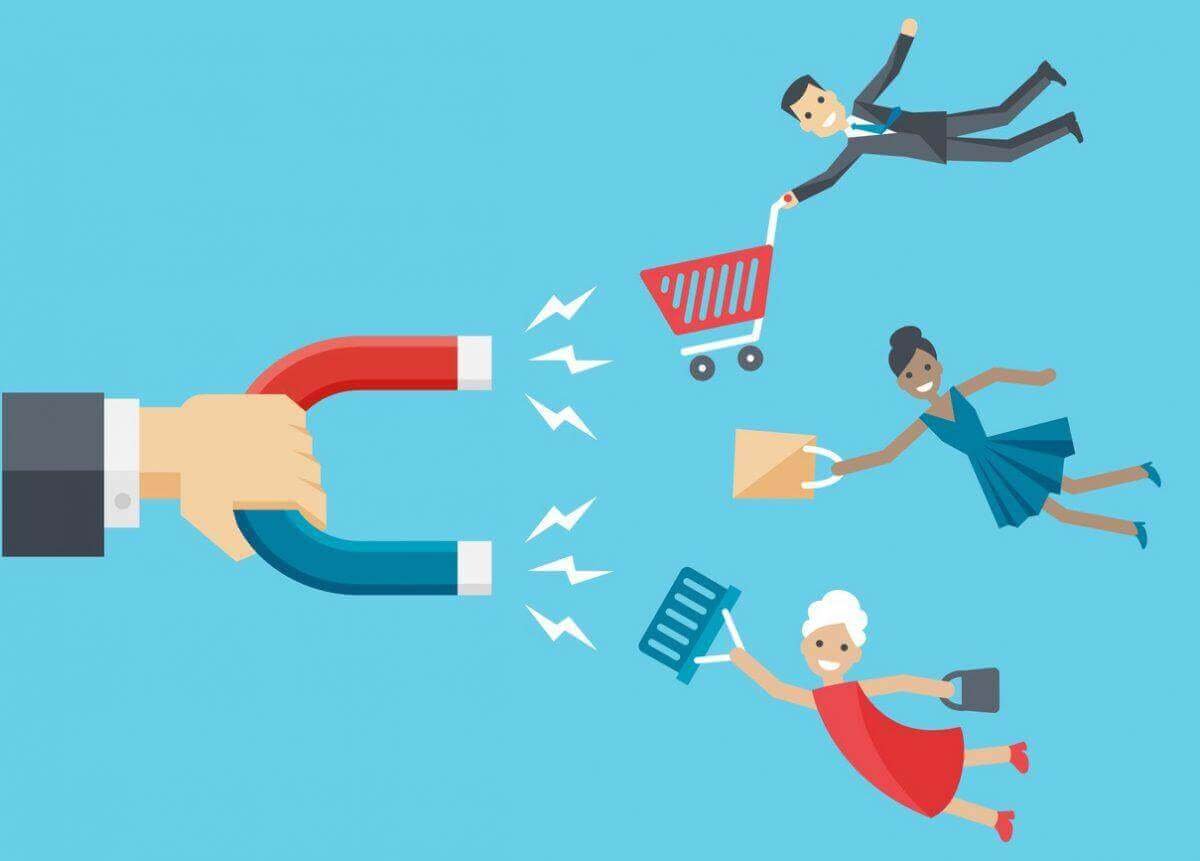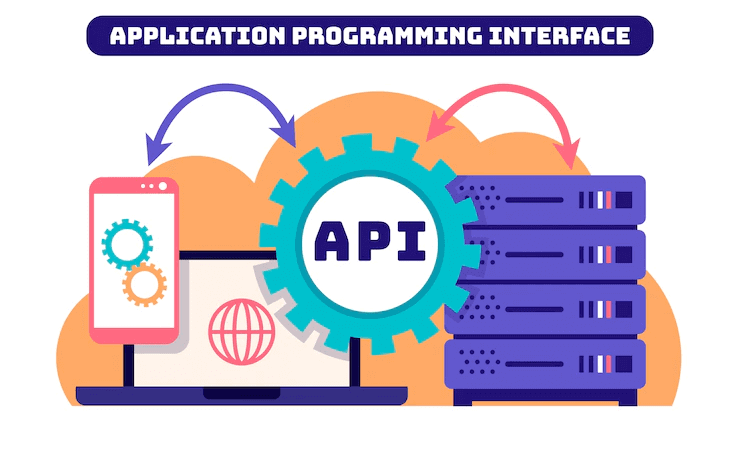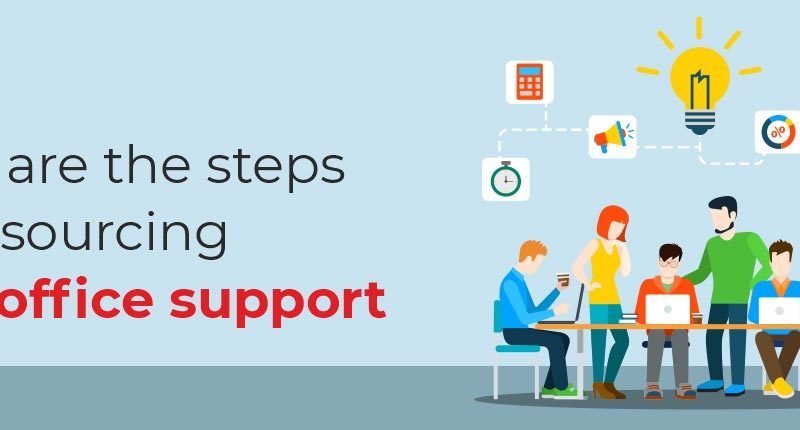Strategies and best practices for customer retention

Getting a new customer is good, but retaining it is even better. The latter can be hard to come by, but it’s well worth the investment. This is because customer loyalty contributes to a higher return on investment (ROI). According to research by Frederick Reichheld of Bain & Company , “In financial services, a 5% increase in customer retention produces more than a 25% increase in profits.”
Before putting successful customer retention strategies into practice, it’s important to understand the difference between business-to-business (B2B) and business-to-consumer (B2C) selling models.
While B2B retailers sell products or services to other businesses, B2C retailers sell directly to consumers. The main difference between the two refers to the way in which the buyer reaches an agreement on a product or service.
While companies tend to rely on logic when buying a product, consumers can turn to their emotions
- Personalize the customer experience
- reward your customers
- Facilitates buyback
- Participate in social networks
- Customer retention metrics
Personalize the customer experience
The most successful companies put their customers first. In B2C businesses , online personalization can help facilitate discovery and conversion, and even encourage repurchase.
In the B2B world , companies often deal directly with customers, so personalization is critical. Saving time and money is also important, but it cannot be done without integrating business processes. To create a memorable experience, you may want to consider an integrated eCommerce solution. This unifies processes such as product catalog updates, payment services, and warehouse distribution into one convenient system.
These processes are largely back-end tasks. These operations are not the client’s concern, nor should they be. Rather, customers are interested in a company’s front-end operations, which can be thought of as marketing and sales. For businesses looking to optimize their eCommerce website for the satisfaction of their customers, they can consider headless commerce solutions , which separate front-end from back-end operations. By better separating these operations, a company can more easily tailor sales initiatives while focusing on the customer experience.
reward your customers
Customers who have shown loyalty to your company deserve some kind of recognition. Implementing a customer loyalty program can reward customers for their continued efforts. The idea is not simply to give away products or services, but rather to form part of a larger plan aimed at customer retention. The incentives could include a system of points or advantages in which each purchase made is equivalent to a certain reward. According to research conducted by Accenture Interactive, “Members of retailers’ customer loyalty programs generate 12-18% more revenue for retailers than non-members of loyalty programs.” In short, customer loyalty programs can make companies money.
Facilitates buyback
Although the initial sale is important, subsequent sales are as well. In order for your customers to buy again, you have to plan specific strategies. A simple and complete solution is a newsletter.
By using email marketing automation to send out a monthly or bi-weekly newsletter, you will effortlessly keep former customers informed of what’s happening with your company. A newsletter is not only simple and effective, but it is also completely profitable.
Another very useful and profitable method to resell to your customers is to listen to what they think of your products or services. If a customer is happy with the purchase of a product, it does not hurt to inform another customer of that satisfaction. In addition, you can inform him of any changes that he must make to his products or services. Collecting, analyzing, and distributing customer reviews and surveys provides the information you need to keep customers happy.
Lastly, take advantage of technology. Voice assistants and smart devices make shopping or ordering easier than ever. By equipping your e-commerce to support voice commerce, you’ll remove a barrier to repeat sales and allow customers to simply speak when they need to reorder.
Participate in social networks
Attracting customers is critical to maintaining your business. An effective way to engage them is through social media platforms, such as Facebook and LinkedIn. These platforms can be used to build relationships with both past and potential customers. For potential customers, social media can be used to reach people who have liked or commented on one of your company’s posts.
Customer retention metrics
Here are five customer retention metrics you can use to measure the success of your loyalty strategies:
1. Abandonment rate
The churn rate measurement shows how many customers have been lost and the value of recurring business that has been lost with them.
To measure your churn rate as a percentage of lost customers, perform this simple calculation: the number of customers you lost last quarter divided by the number of customers you started with this quarter. For example, a company that had 300 customers at the beginning of the last quarter, but lost 10 of them along the way, would have a churn rate of 3.5%.
To measure churn rate by recurring business value, take the same calculation but replace the numbers with your monthly revenue at the beginning of the month (MRR) divided by your lost MRR at the end of that month.
2. Repeat purchase rate
The purpose of the repeat purchase rate is to show what percentage of your customers buy again. To measure repeat purchase rate, you divide the number of customers who bought more than once by the total number of customers – in a given time frame, such as a year or a quarter.
3. Frequency of purchase
Purchase frequency is the average number of times a customer makes a purchase in a given period. To measure the purchase frequency, you have to divide the number of orders by the number of unique customers, in a given period, such as a year or a quarter.
The higher the number, the better it is for the company. However, a low purchase frequency figure can be beneficial, as it shows whether the company needs to restructure a marketing campaign to better suit its audience. For example, if sales drop in a given month, you may need to employ more marketing initiatives for that month.
4. Average ticket
The average ticket measures the amount of money that is usually spent each time a customer makes a purchase. To calculate it, you have to divide the total revenue by the total number of orders. Ideally, a business is looking to increase this number, as that means they don’t need to spend a lot of money on customer retention.
5. Customer lifetime value
In its simplest form, customer lifetime value (CLV) can be calculated as customer revenue minus customer acquisition and service costs. This provides a company with the total value of a customer during the period of the link. However, if other parameters are taken into account, the future of your relationship can also be known. This can be thought of as a historical measurement versus a predictive one.
Predictive CLV metrics can determine how much money a business needs to keep customers, future customer behavior, and how to trigger that behavior. This metric alone provides some pretty strong customer retention strategies. To calculate the predictive value of the customer lifetime, multiply the average purchase value by the average purchase frequency: this determines the value of the customer. From there, you will need to calculate the CLV.
This is the average length of time that a company maintains a relationship with a customer before the customer stops making purchases. Essentially, it is the time that elapses between the customer’s first and last purchase. Many companies use one to three years as an indicator of activity.






